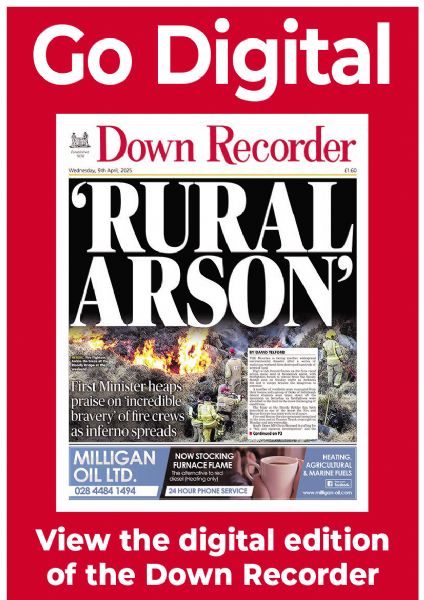Significance of church sign
SIR, — I read in the Down Recorder on February 21 that a new sign for the early ecclesiastical site at Bannaghan, affectionately called St Tassach’s Church, designates it simply Raholp Church, to the dismay of local people.
Neighbouring housing schemes commemorate St Tassach, as does a modern chapel-of-ease nearby at Carrowcarlin (‘Carlin chapel’ to locals).
It could be argued that the new sign avoids any confusion for tourists etc, and Raholp Church may accord with the convention of naming historical sites from their location — often just a minor place name — as in the case of the Deed of Guardianship invoked by the Department of Communities.
But it was not always so. The 19th-century ecclesiastical historians Reeves (Church of Ireland) and O’Laverty (Roman Catholic) both note that the Raholp site was known locally as Church Moyley or Templemoyle (from the Irish Teampall Maol, meaning ‘ruined/roofless church’).
There is another Templemoyle site at Dunmore (Magherahamlet), as well as three townlands called Templemoyle in Co Derry, two in Co Galway, and one in Co Donegal. Others may exist.
The Raholp site has strong historical associations with St Tassach, and with the loss of Irish a newer form of piety may have prompted the attachment of the saint’s name to this treasured monument.
But surely this too has its own validity, as acknowledged on the older sign.
Yours etc,
MÁIRE NIC MHAOLAIN,
Dalkey,
Co Dublin.

